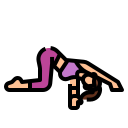The Role of Yoga in Injury Prevention for Athletes
Mobility That Serves Motion
Yoga builds usable mobility, not just passive flexibility, by teaching control at end ranges. Athletes learn to stabilize hips and shoulders while moving, reducing compensations that often lead to overuse and sudden strains.
Proprioception As Protective Armor
Slow, precise poses improve proprioception, your body’s sense of position. Better joint awareness helps you correct alignment on the fly, land safely, and react quickly when fatiguing in the final minutes.
Evidence You Can Feel
Research consistently links targeted mobility and balance work with lower injury rates. Athletes report fewer flare-ups, smoother warm-ups, and confidence under pressure after eight to twelve weeks of consistent yoga practice.
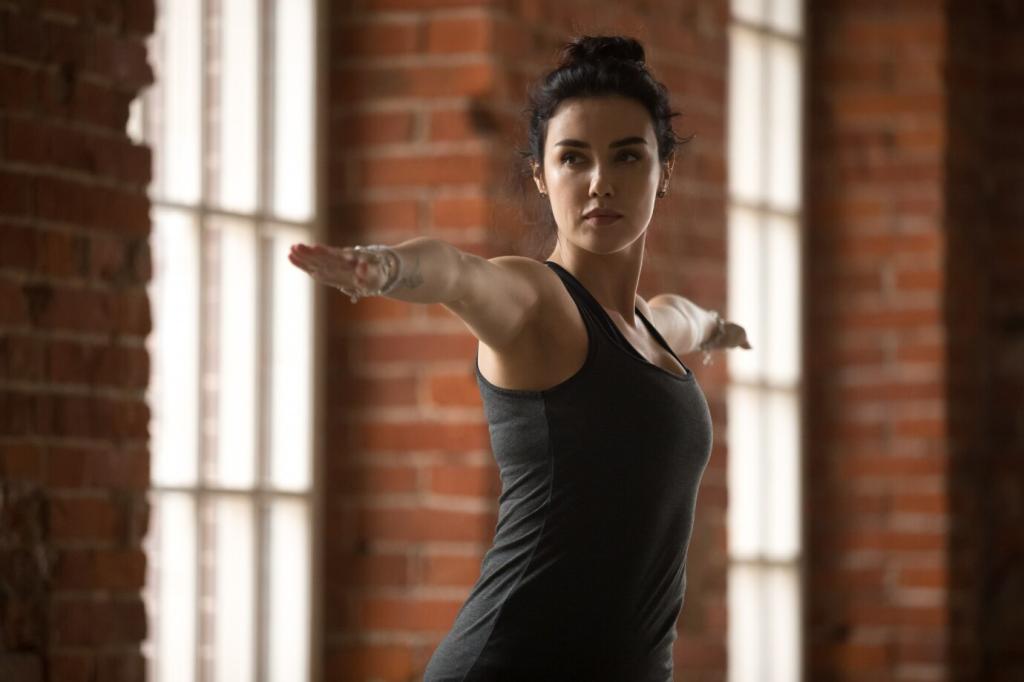
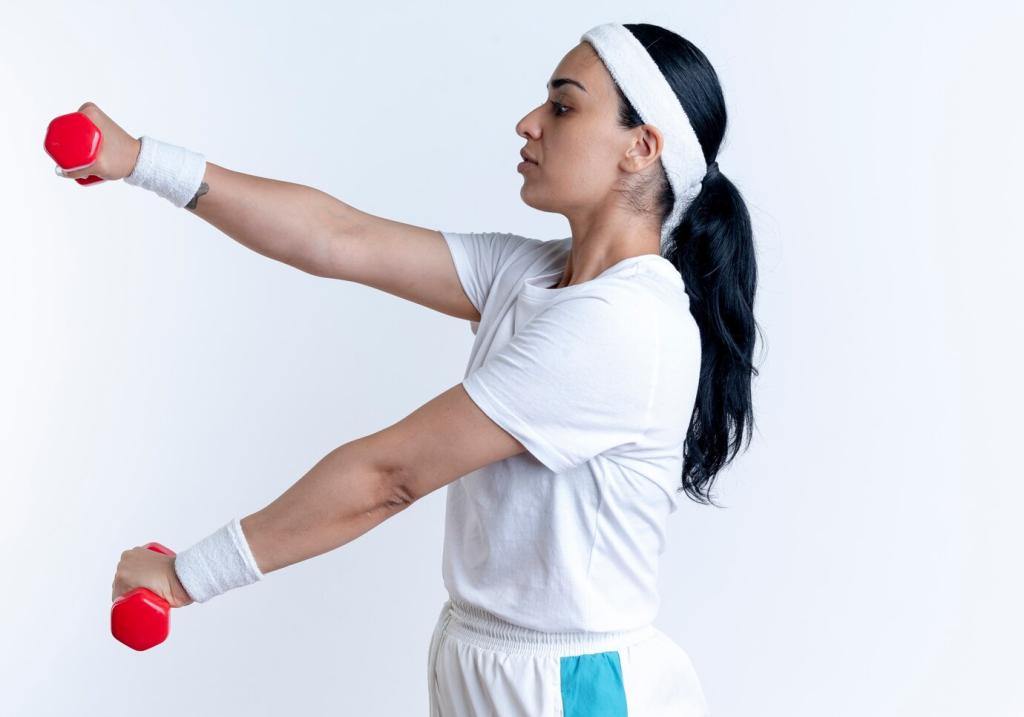
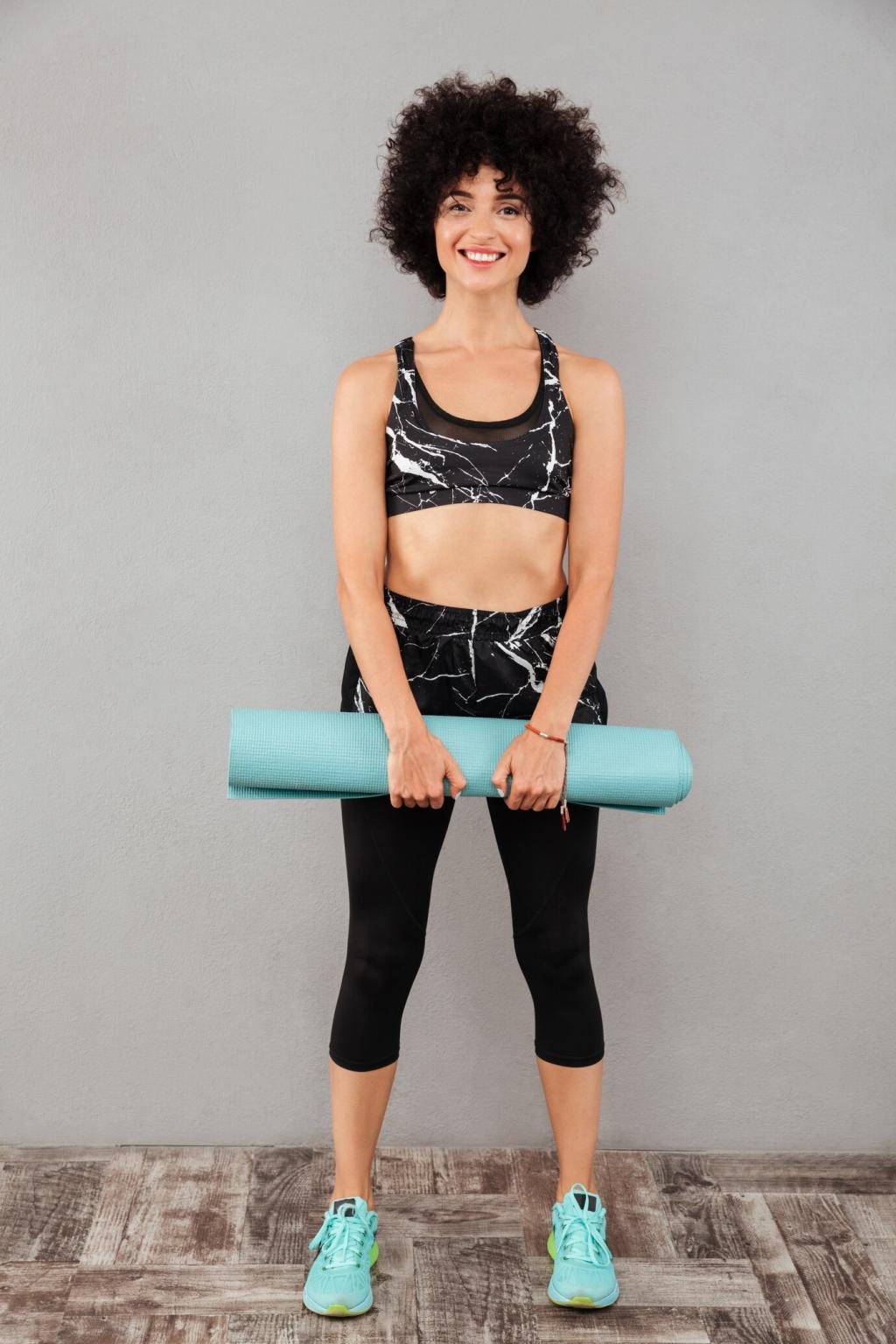
Breath, Nerves, and The Durable Athlete
Learning to breathe with the diaphragm stabilizes the spine and rib cage during effort. This creates a braced yet adaptable trunk, reducing risky shear forces in sprints, lifts, and changes of direction.
Breath, Nerves, and The Durable Athlete
Slow nasal exhales nudge the nervous system toward balance after intense efforts. Recovering faster between sessions means fewer technique breakdowns and less sloppy movement that can trigger avoidable injuries.
Joint Integrity: Strength At The Edges
Hips And Knees In Sync
Warrior variations train hip external rotation and knee tracking over the toes. When hips guide the knee, valgus collapse is less likely during cutting, landing, and heavy squats under competition stress.
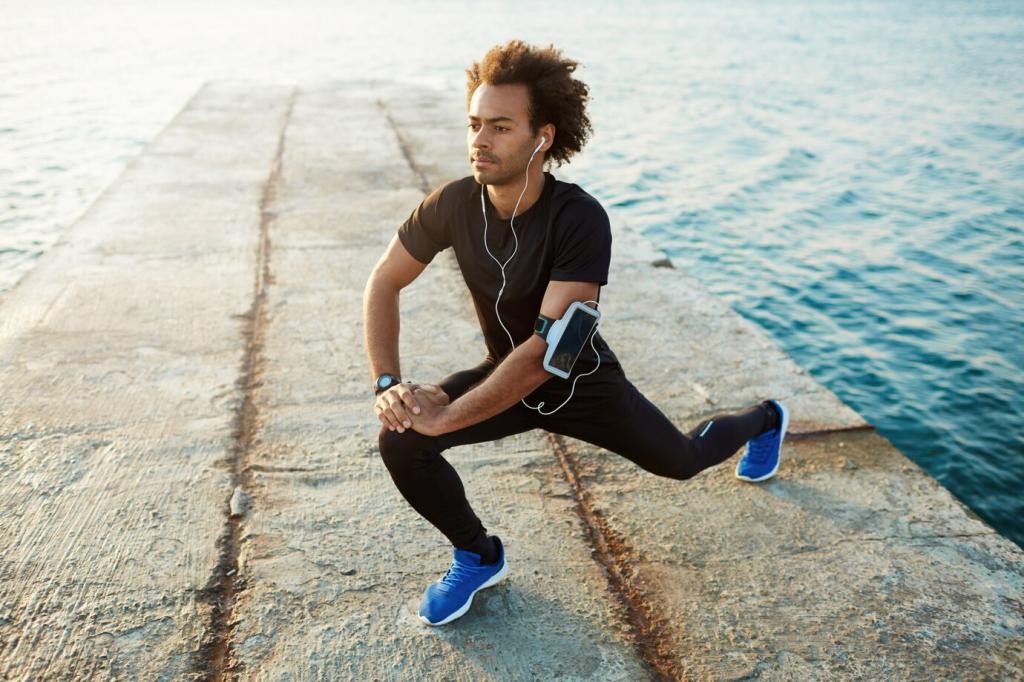

Core As A Force Transmitter
Anti-rotation and anti-extension elements within yoga poses teach your core to transmit force efficiently. Better force transfer means cleaner strides, safer landings, and less strain on vulnerable joints.
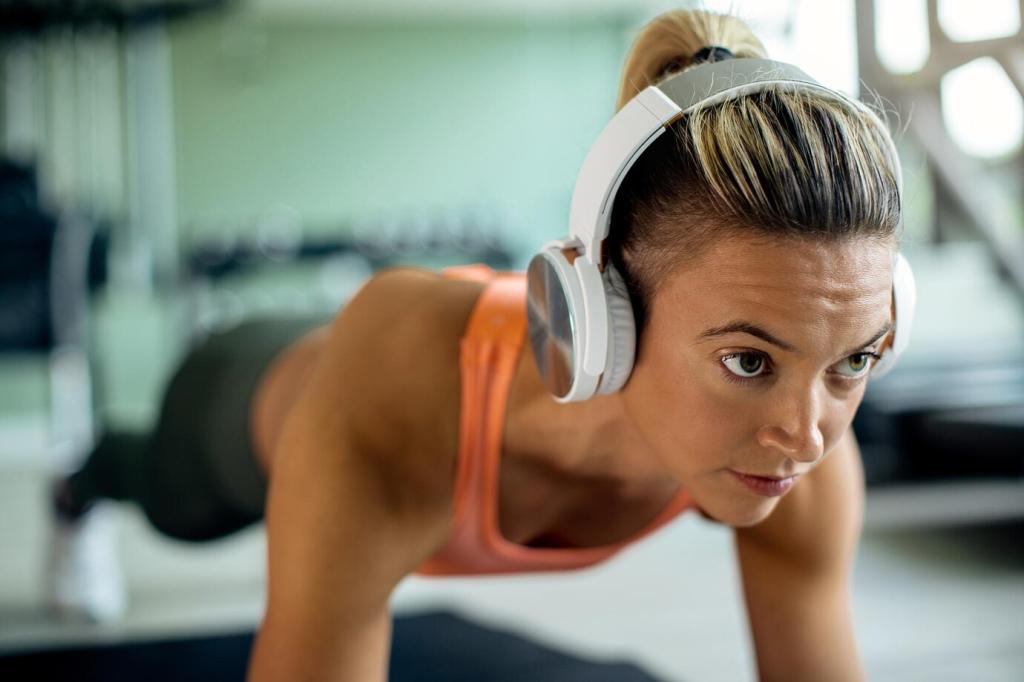
Tree and Warrior III demand ankle and hip co-contraction while balancing. This steadies foot arches and knee alignment, decreasing rolled ankles and awkward landings across court, field, and trail.
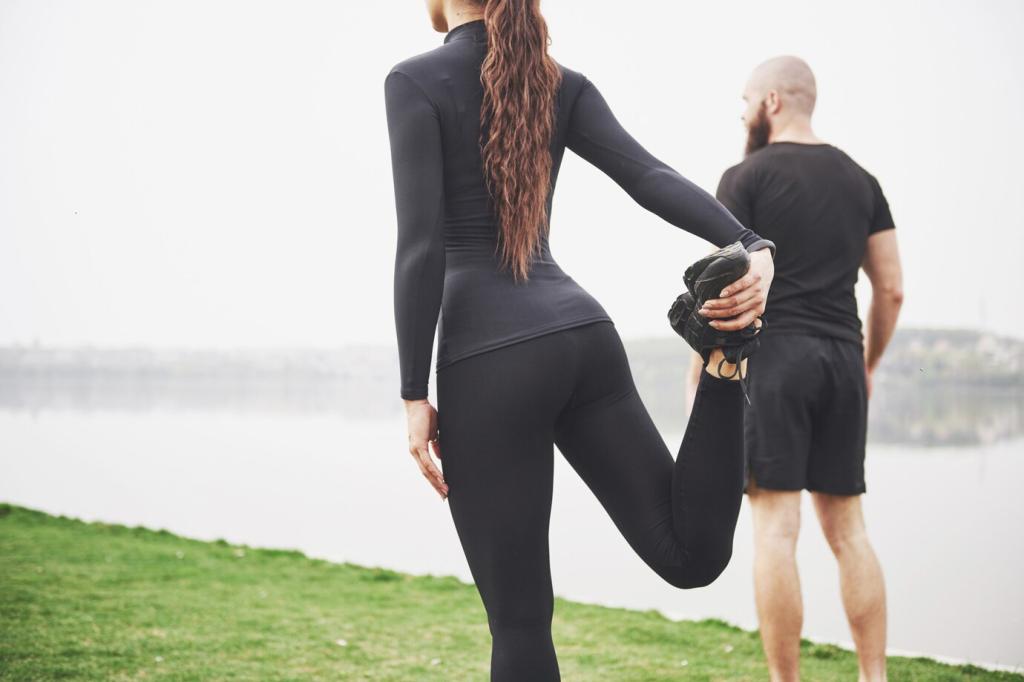
Yoga emphasizes controlled hip hinging and posterior chain engagement. Practicing clean hinge mechanics protects hamstrings and lumbar tissues during sprints, jumps, and heavy pulls under fatigue.
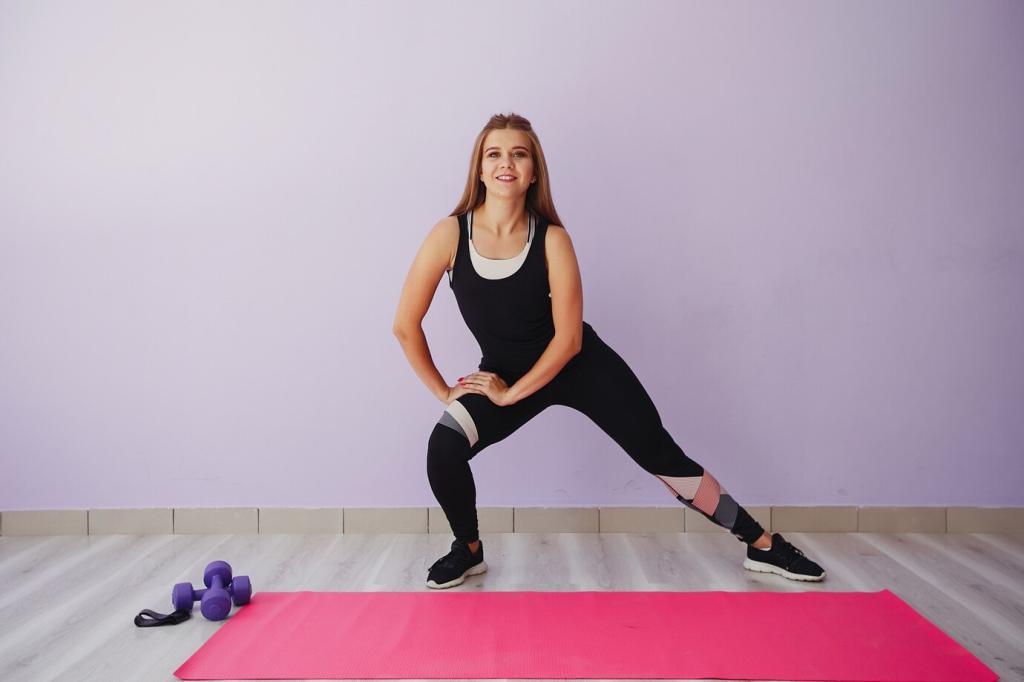
Active foot cues wake up intrinsic foot muscles. Improved arch integrity supports better force absorption and push-off, limiting repetitive strain from thousands of steps and cuts each training week.
Recovery Routines That Prevent The Next Injury
Gentle supine twists and long exhales cue relaxation after hard sessions. Lowered stress hormones support tissue repair, deeper sleep, and more resilient training the following day.
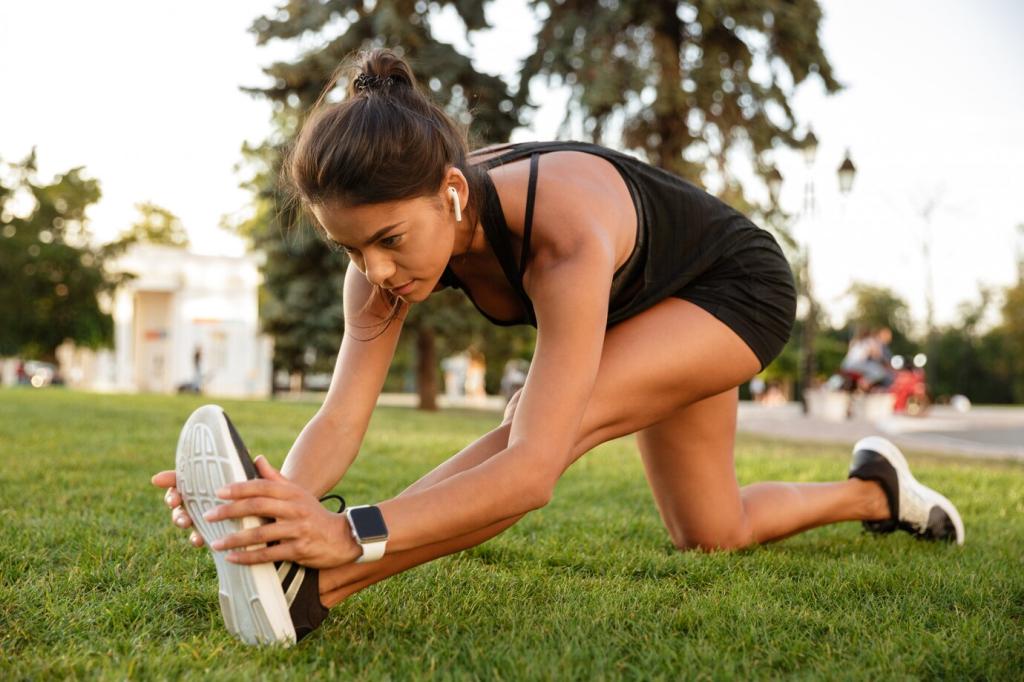
Recovery Routines That Prevent The Next Injury
Slow flows lubricate joints and fascia without aggressive stretching. Think circulation, warmth, and gentle range rather than forcing length, protecting irritated tissues from unnecessary microtrauma.

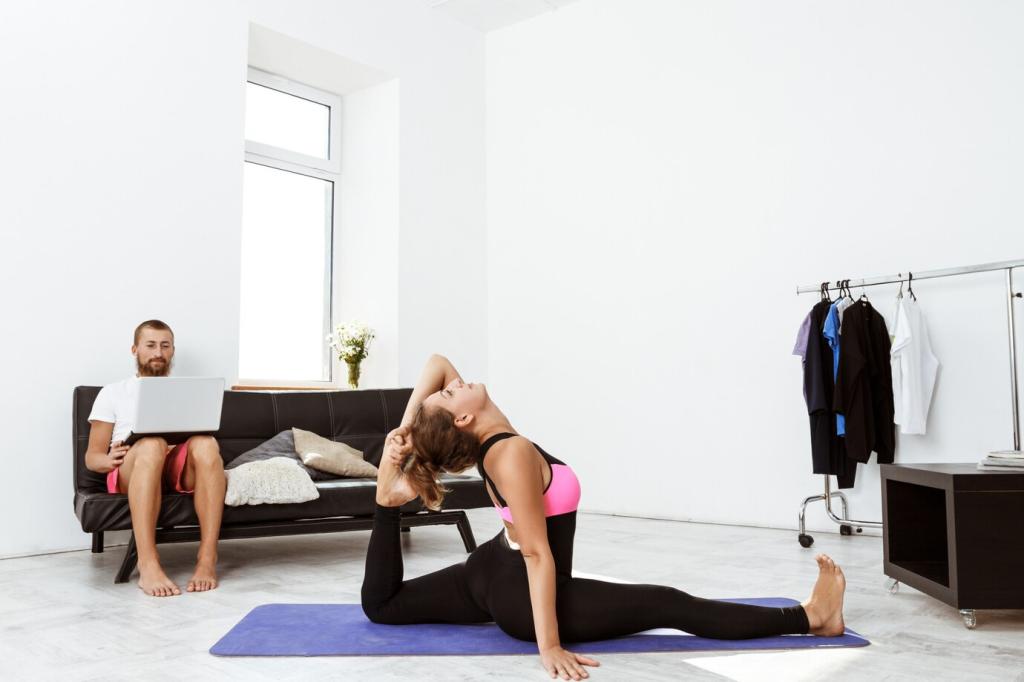
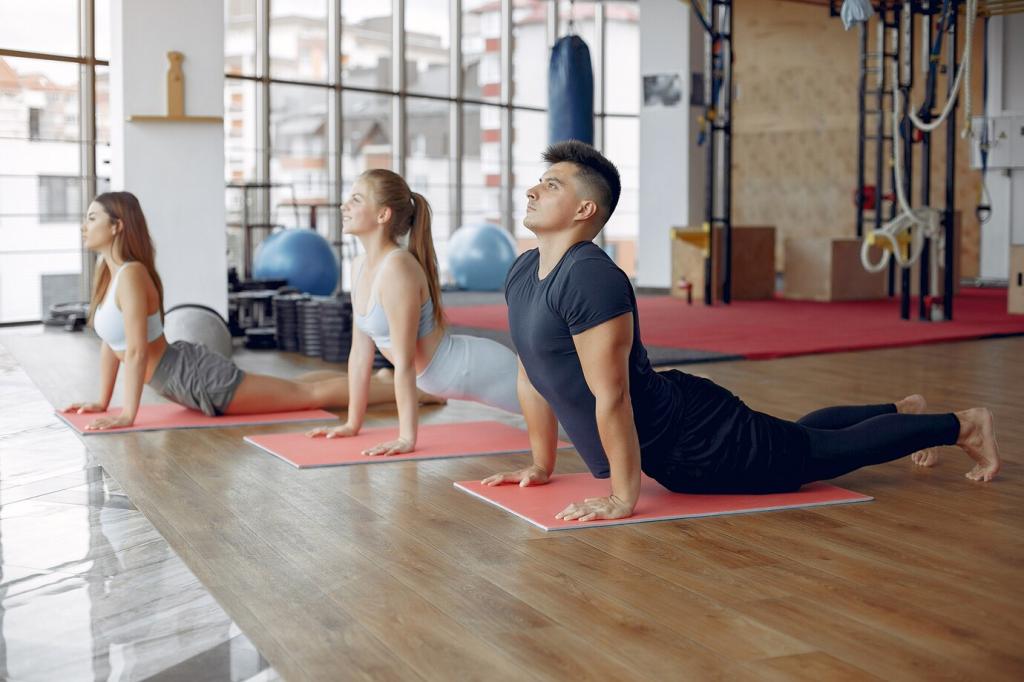
Programming: Safe Progression That Sticks
Use active mobility and light isometrics pre-session; save longer holds for after. This primes tissues for force production while keeping deeper stretching for recovery and range refinement.
The Sprinter’s Hamstring Truce
After weekly hinge-focused flows and breathwork, a collegiate sprinter reported zero mid-season hamstring twinges. He credits improved hip control for maintaining stride integrity at maximal speed.
Ankles That Stayed Upright
A rec basketball player added three single-leg balance poses post-practice. Over eight weeks, no rolled ankles, better landings, and more confidence cutting hard into traffic without hesitation.
Shoulders Set Free
A masters swimmer blended Dolphin holds and thoracic mobility with easy nasal breathing. Shoulder pinch vanished, strokes felt longer, and tough sets no longer triggered post-session aches.
